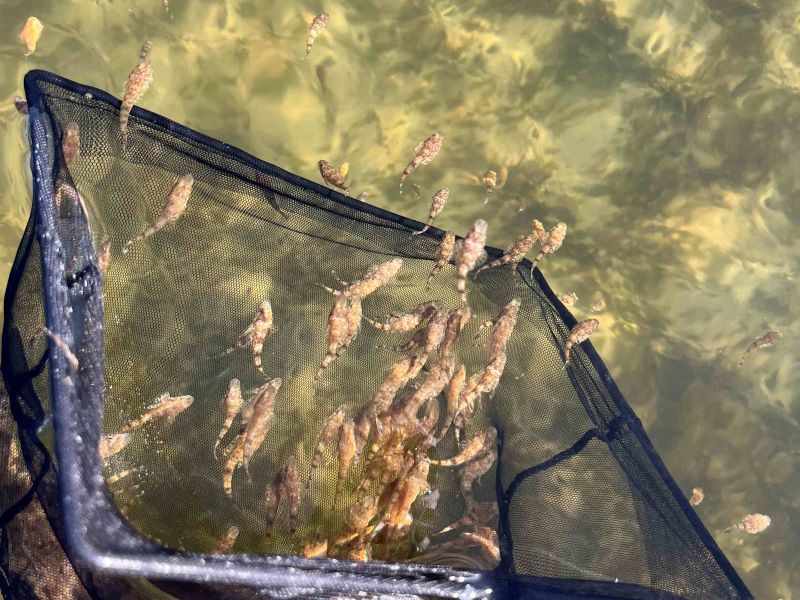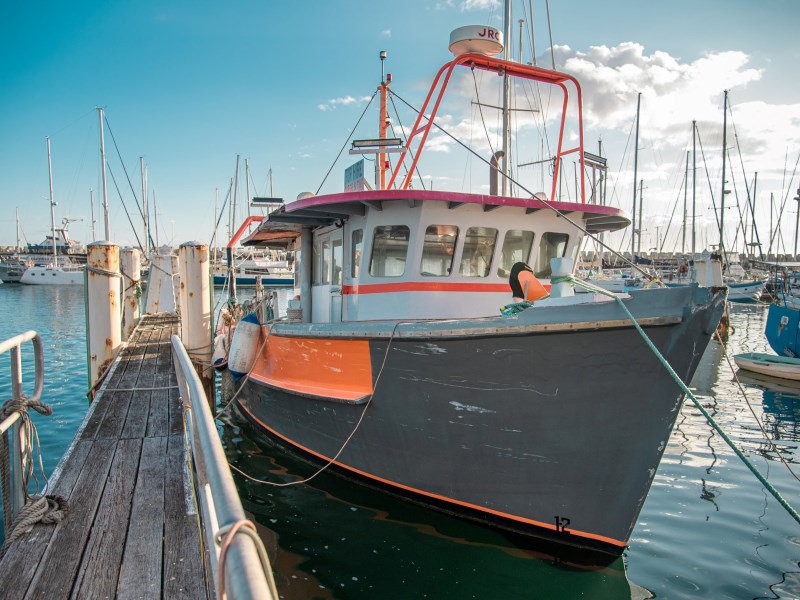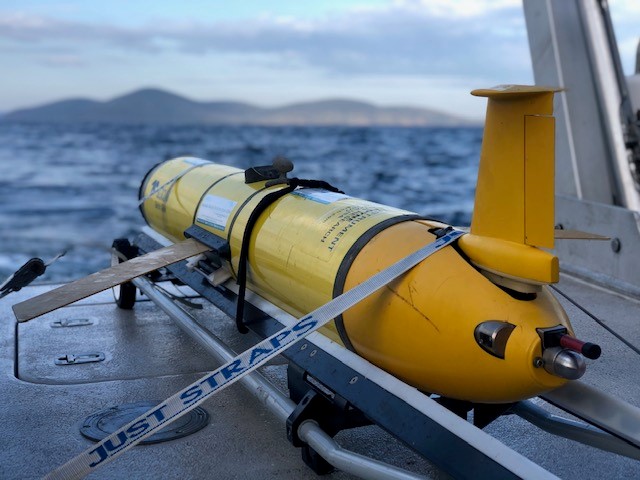Latest news
Women in science - meet Lesley Diver
Lesley manages the 12 aquatic reserves in NSW to protect marine biodiversity while supporting other sustainable uses, including research, education, eco-tourism and cultural and recreational use.

South Coast Dusky Flathead stocks boosted
Dusky flathead stocks in 2 popular NSW South Coast estuary systems have received a boost following the recent release of more than 21,000 flattie fingerlings!

Getting trawl whiting right
Like any fishery, the NSW Trawl Whiting Fishery is a finite resource and needs careful management. That’s why DPI Fisheries has worked in consultation with commercial, recreational and Aboriginal fishers to develop the NSW Trawl Whiting Harvest Strategy.

